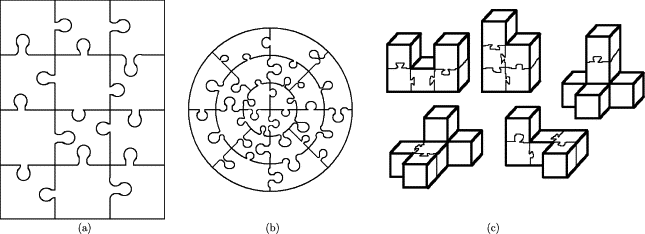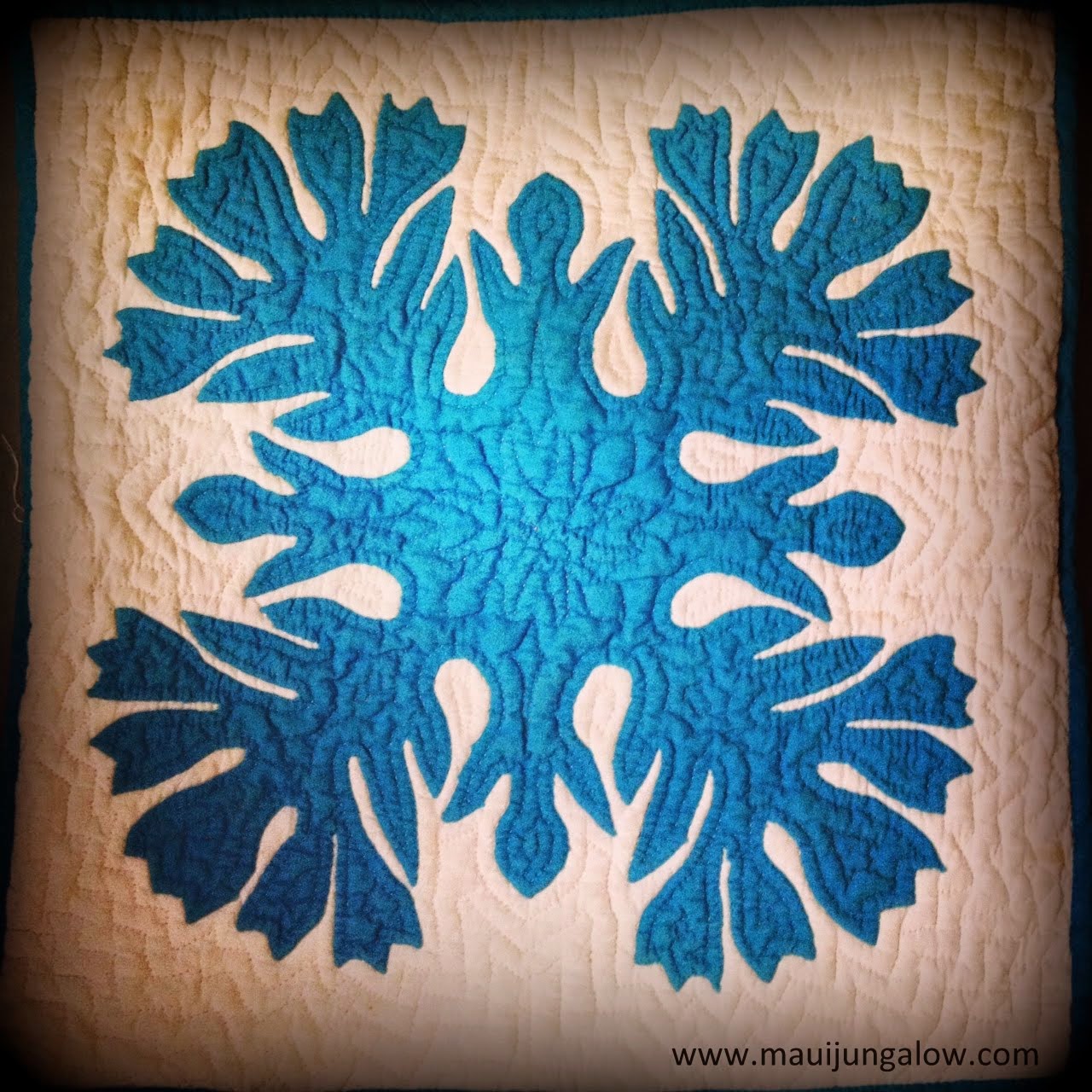
If you have ever wanted to know how to knit the KFB stitch, then you are in luck. You create this stitch by knitting in the front, back and sides of a single stitch and then letting it go off the needle. Watch a video tutorial to learn how to do this. This technique is great for adding an interesting design into your knitting.
kfb
The kfb knit stitches is a quick way to create two stitch from one. Simply knit into the stitch's front, insert the right side of the needle, and then let the stitch slip off the needle. The video tutorial will help you learn the technique. You can then practice the technique on your own.

Once you've learned how to knit a foundation stitch you can start knitting into its back arm. The stitch's back arm will be pink and the front arm purple. Repeat this process twice, knitting into the same stitch twice. This increases the stitch size. You create two daughters.
There are many different ways to increase the size of a knit stitch. There are two major differences between knitting and purling: the stitch is knit or purled, and the direction they lean. These subtle adjustments make a huge impact on the overall knitted cloth. Knit front, back, and kfb increases are commonly used to shape garments, and create decorative patterns. Kfb knit creates a small bump that blends into the surrounding pattern.
If you are a left-handed knitter, you should use a left-leaning bar when increasing. This will create the opposite appearance of kfb knit. These instructions are provided below each step and include additional details. This PDF version is not accessible for low vision.
The kfb knit can be used in many projects. This technique can be used in a variety of projects, including baby sweaters and shawls. It's a quick way to increase a garment's size. Before you start using kfb knit, make sure to practice with other stitches.

Though knitting stitches can be complicated, they are not difficult to master. Once you learn the basics, you'll be able to knit sweaters in no time. Knitting is a great hobby, and you can create stunning garments by learning the techniques. You have many options to create a great sweater.
FAQ
What are competitive hobbies?
Competitive sports include running, swimming, cycling, golfing, tennis, etc.
They are usually enjoyed by people who enjoy being active, but also allow for social interaction.
If your hobby involves physical activity, you will likely find other people who share it.
This may mean joining a club or group where you meet regularly to play sports together.
Participating in group games, which involve playing alongside others, is another option.
These include cricket, football, netball, hockey, netball, soccer, rugby, cricket, rugby, batsball, hockey, volleyball, badminton squash, handball and table tennis.
There are many kinds of competition.
Some competitions exist solely for recreational purposes.
Others are used to assess competitors' abilities.
And still, others are designed to reward outstanding performance.
The winners are awarded prizes in these cases.
Other competitions are designed to test the strength and stamina of competitors.
These are known as endurance events.
For example, marathon races, triathlons, Ironman Triathlon, etc.
These events are often contested by athletes who train hard.
To prepare their bodies and minds, they will have to adhere to a strict training plan.
They may also need to spend some time away from home during preparation.
It's important to remember that not all athletes compete in every type of event.
How do I find a hobby to pursue?
You may feel overwhelmed when you start your quest to find a hobby.
You might think, "I'm not very talented," "I struggle at sports," "I don't really know anything."
There is a good chance that you have some experience with hobbies.
It's just not something you're aware of.
Take a look around your house. How much stuff are you able to store?
Are there any toys that you don't use anymore?
Perhaps you own a collection or magazines.
Maybe you've always wanted to learn how to cook.
Or maybe you'd really like to start playing guitar again.
Whatever it is, there's likely something you can turn into a hobby.
The key is to see that you already have many experience to draw upon.
You will find a hobby you love once you have it.
Why do we have hobbies?
Hobbies are an important part of our lives because they give us time to relax, unwind, think creatively, exercise, socialize and enjoy ourselves. These hobbies offer us the opportunity to learn new skills, develop valuable lifelong interests, and provide opportunities for us to do both.
Hobbies help us to find meaning and purpose in our lives.
They can be a great way of spending time without having to do anything else.
They are also very entertaining!
If you don't find time for hobbies, it's likely that you don't have enough time for any other activities.
You have many choices. Start a hobby today, if you don’t have one already!
Statistics
- Studies show that just six minutes of reading can reduce stress levels by 60 percent. (oberlo.com)
- In comparison, men in the “no humor” condition were refused 84.6% of the time and were only accepted 15.4% of the time. (time.com)
- A new survey by Pew Research Center of teens ages 13 to 17 finds that 36% of girls feel tense or nervous about their day every day; 23% of boys say the same. (pewresearch.org)
- 37% Video Games 36% Travel 36% Health and Fitness (quizexpo.com)
- The Role of the Mind in Sex, Dating, and Love: Men in the “humor” condition received phone numbers from 42.9% of the female participants and were refused 57.1% of the time. (time.com)
External Links
How To
How to Choose the Right Hobby For You
Ask yourself some questions to find out if your hobby is right.
-
Do I enjoy doing it?
-
Does it give me pleasure?
-
It is something that I would love to continue doing, even after I'm older.
-
Am I good at it?
-
What can I do to improve?
-
Would I recommend it to other people?
-
It can bring me happiness.
-
Will it help me to relax?
-
Is it going to make me feel better?
-
It will teach me skills I can use later on in my life.
-
Is it possible to make new friends?
-
Can I express my creativity through it?
-
It will it give me the chance to learn new things?
-
Is it going to give me the confidence?
-
Is it going to give me a sense of accomplishment?
-
It could lead to financial success.
-
Is it possible to travel with it?
-
Will it allow me to explore new places?
-
It will encourage me to exercise.
-
Will it inspire me to work harder?
-
It will it motivate you to succeed?
-
Will it involve me in activities that I wouldn't normally consider doing?
-
Will it challenge me?
-
It could be fun.
-
Can it keep you fit?
-
Can it help you save money?
-
Can it lower stress levels
-
Will it stop boredom from happening?
-
Will it free up my time?